
Dear readers,
When my colleague Lars Bolle wrote earlier this week about sailors arming themselves with firecrackers against orcasI was horrified at first and just thought: is it still possible? The comments on the article on Facebook and Instagram were - as expected - along the same lines. An understandable initial reaction.
On closer inspection, however, I can also sympathise with the crews. After all, they are concerned with protecting their boat and the safety of the people on board. Certainly no crew deliberately seeks contact with killer whales. On the contrary: on the website Orca Ibérica warning levels are displayed for the coastal areas concerned so that an encounter between yachts and orcas can be avoided as far as possible. Rules of behaviour can also be observed, which include lowering the sails and moving into shallow coastal waters as quickly as possible under motor. However, this may not always be an option, considering the tidal current and possible lee wall situations.
In addition, a device called Whale PAL is designed to keep whales at a distance using sound waves under water. The fireworks are then only the last line of defence if there is a real danger of an accident caused by attacking whales. Just like crews that go ashore north of the Arctic Circle, for example on Spitsbergen, and of course have a rifle with them in case of a polar bear attack. Of course, this quickly raises the fundamental question of what sailors should be doing in such areas. But then I thought of a much more obvious example of a disastrous encounter between animal and vehicle: The wildlife accident.
According to the German Hunting Association, well over 200,000 cloven-hoofed animals, i.e. roe deer, stags and wild boar, are killed every year. And that's not counting cats, rabbits and raccoons. Every year, right on our doorstep, terrible! Measures against this include special wildlife fences, reflectors and educating road users to drive more slowly at danger spots at dusk. Some of the pictures I see when researching these figures are very unpleasant. Poor animals! In addition, it is not only animals that are injured in accidents, but between 2000 and 3000 people are injured throughout Germany every year. 500 to 1000 are seriously injured and 10 to 20 die in wildlife accidents every year. Nevertheless, it would be absurd to demand that people simply stop driving their cars.
Every case is a tragedy and it feels wrong to compare case numbers. Nevertheless, incidents with orcas are low in absolute numbers. Since 2020 (first documented incident off Cadiz), over 800 interactions between killer whales and boats have been recorded. Calculations show that in the most affected sea area off the Spanish coast, around one in 100 boats is touched by an orca. Three yachts have been sunk so far.
Nevertheless, the one in a hundred chance of being attacked by orcas off the Spanish coast is frightening and sailors like to be prepared. After all, much of the safety equipment is carried for unlikely scenarios. Lifejackets, life rafts and signalling ammunition are always carried in the hope that they will never have to be used. So it is only understandable that measures are also prepared for whale attacks. If firecrackers are brought on board, there is certainly a risk of injury to the orcas when they are used. Therefore, all other possible preventive measures should be taken beforehand. In addition, the procedure reported by my colleague of attaching a screw nut to the explosive device as a weight seems extremely dangerous to me. After all, this piece of metal could become shrapnel and increase the risk of injury to humans and animals.
I didn't look for any statistics on accidents involving fireworks; the pictures would certainly be even harder to digest than the research on wildlife accidents. However, the risk of being injured on a rocking yacht while handling fireworks is certainly high. That is why firecrackers are not recommended. Incidentally, most wildlife accidents occur in spring. So watch out on the way to winter storage and to the boat.
Michael Rinck
YACHT editor
Click on it to see through:
The week in pictures
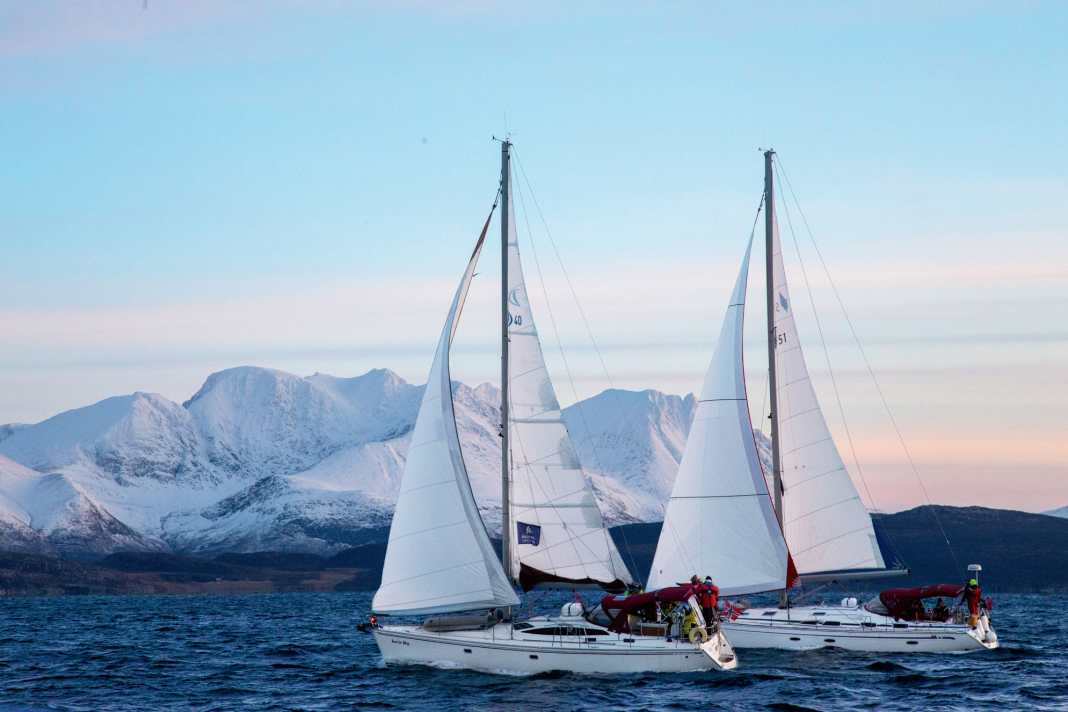





Recommended reading from the editorial team

Shipyard portrait
Pure Yachts produces in small series with big goals
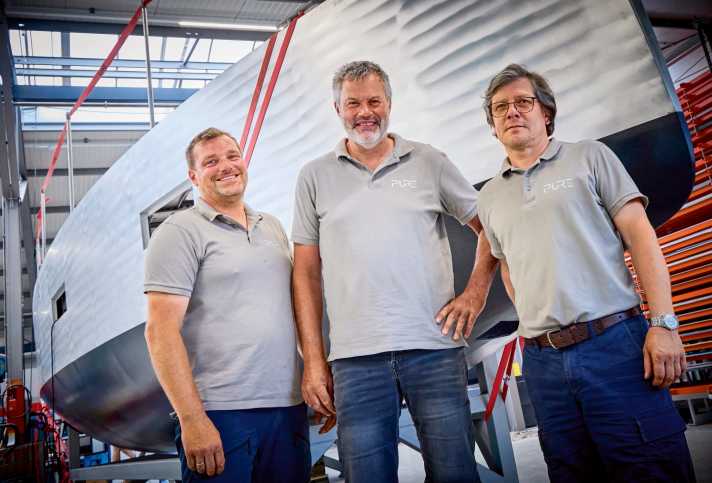
The Pure Yachts shipyard, newly founded in Kiel, focuses on long-distance performance yachts made of aluminium. It can already boast its first successes.
Baltic Sea
Fehmarn Sound Bridge - Reduced clearance height
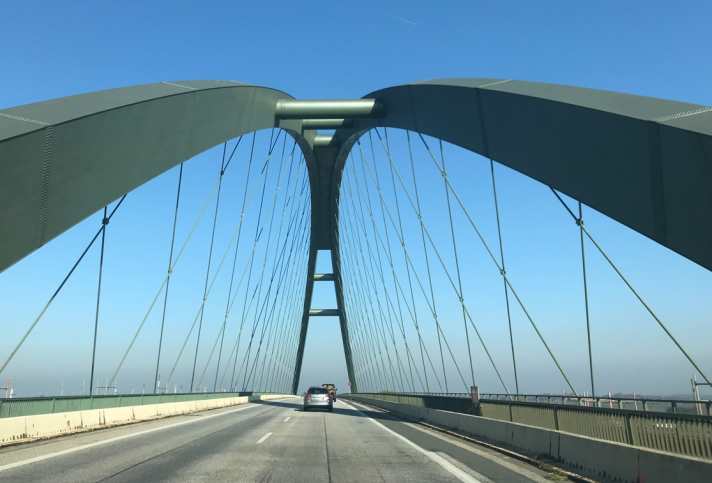
Watch out for the mast stop! The clearance height of the Fehmarnsund Bridge has been reduced until summer 2026. Due to construction work, only 20 metres are available instead of the usual 23 metres.
M.A.T. 11
The Orient-Express is set to become the new ORC pick-up

Hot racer from the Orient. The M.A.T. 11 is set to create new excitement in the ORC scene. The design comes from Matteo Polli.
Shadows in paradise
Brutal attack on expedition boat in Papua New Guinea

The first motorless circumnavigation of Antarctica by sailing boat was abruptly interrupted by a brutal robbery in Papua New Guinea. The expedition ship "Zhai Mo 1" was badly damaged and looted, putting the voyage of the Chinese sailor Zhai Mo on ice for the time being.
Dispute over measurement
ORC and X-Yachts agree on cooperation - joint statement
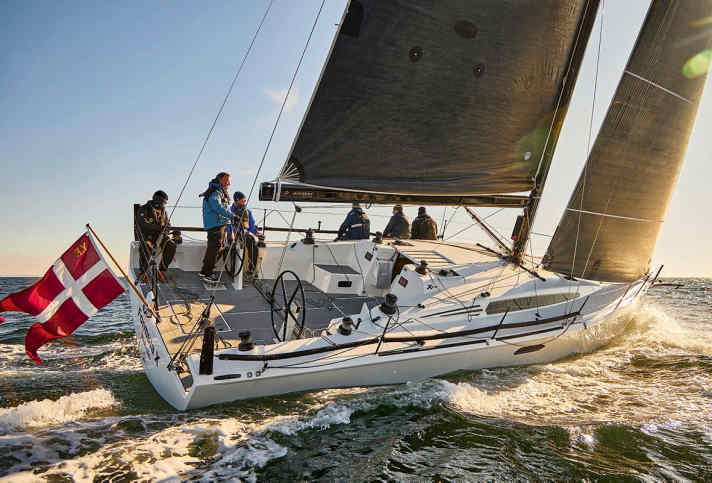
Due to the debate surrounding the XR 41, the Offshore Racing Council (ORC) is reviewing its algorithm for calculating race values.
Hallberg-Rassy 370
Sailing and living at the highest level in the YACHT test
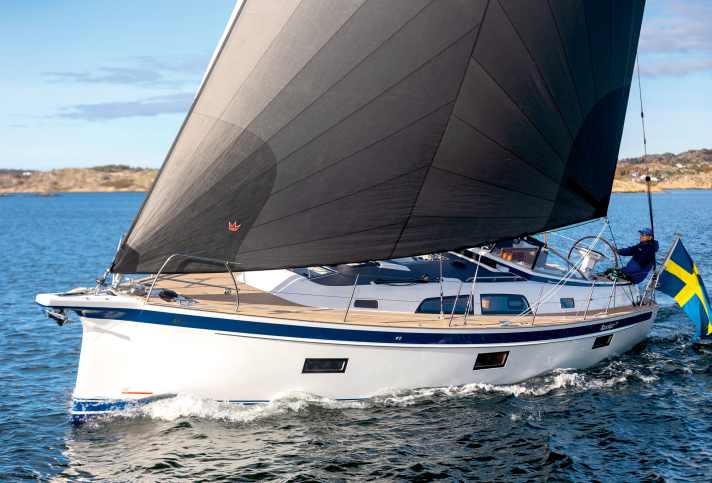
With the Hallberg-Rassy 370, the Swedes present a cruising yacht that leaves almost nothing to be desired. We have tested the first model.
Globe40
On course for La Réunion - concerns about the mast remain
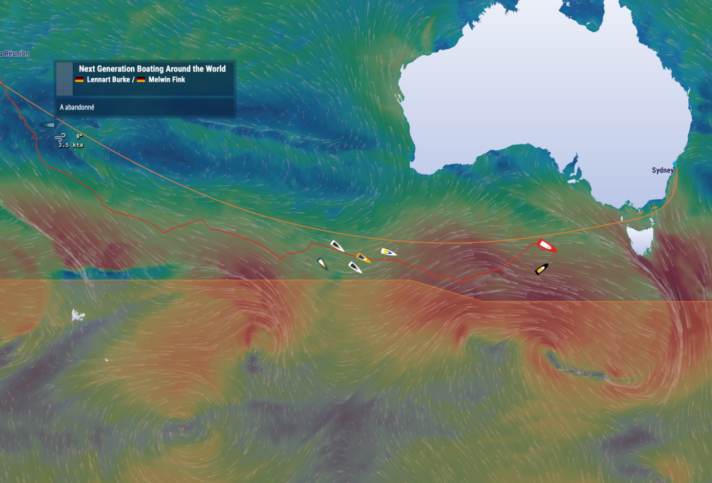
Lennart Burke and Melwin Fink are on their way back to La Réunion in the Globe40. While the competition is aiming for Sydney, the GER duo are fighting on all fronts.
Gitana 18
Caudrelier "talented and humble like Michael Schumacher"

Charles Caudrelier is the skipper who will sail "Gitana 18" into the future. Ariane de Rothschild compares him to Formula 1 legend Michael Schumacher.
Eisarsch
Historic victory - Undine Höfener wins on the Wakenitz
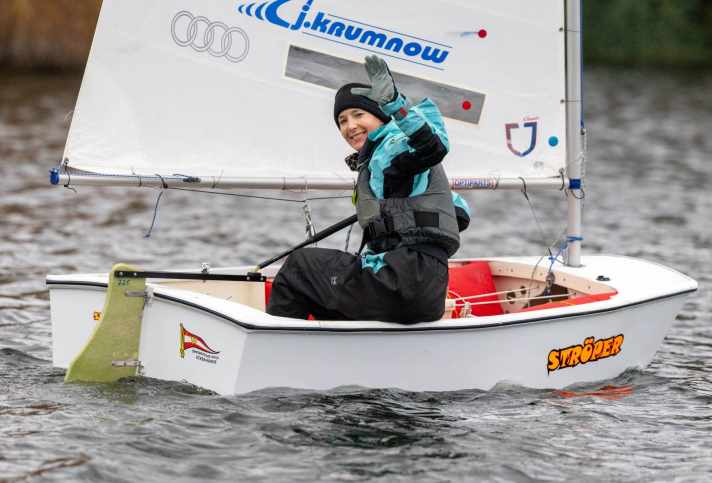
For the first time since 1969, a woman has won the traditional Eisarsch regatta in Lübeck: Ulrike Höfener won the pre-Christmas fun on the Wakenitz.
200 Myls Solo
Long-distance regatta brings Holland closer the hard way
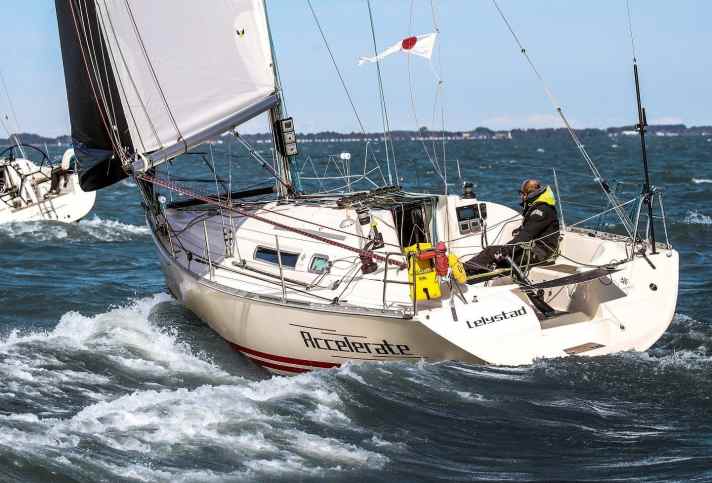
The 200 Myls Solo is a popular single-handed long-distance regatta in the neighbouring country. Frank Winklmeier took part with friends, each on their own boat
Newsletter: YACHT-Woche
Der Yacht Newsletter fasst die wichtigsten Themen der Woche zusammen, alle Top-Themen kompakt und direkt in deiner Mail-Box. Einfach anmelden:

